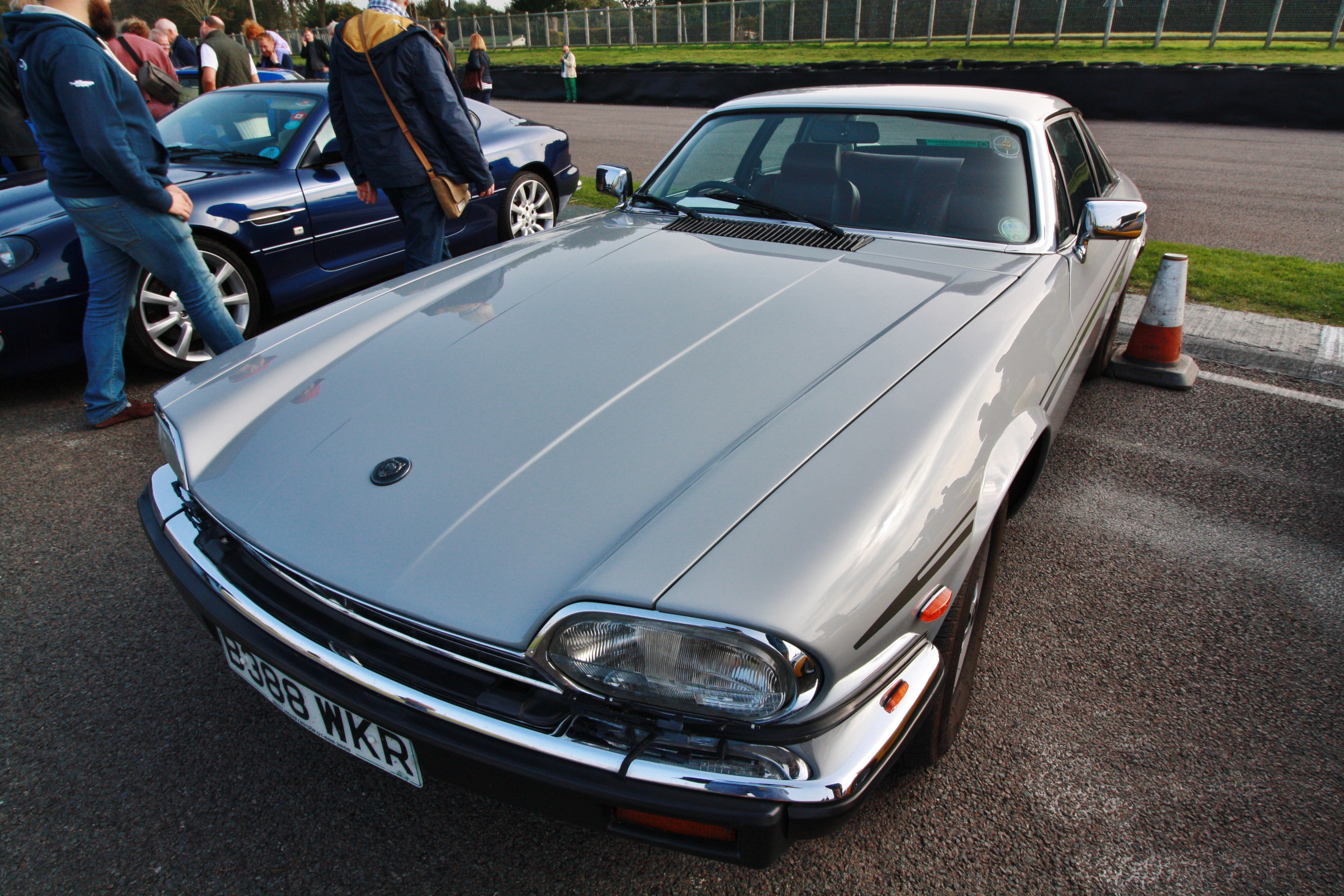-
Insurance
InsuranceAbout our productsLearn about insuringGet a quote Get current values, historical values, model history and more.
-
Valuation
ValuationHagerty valuation toolLook up a vehicle value Get current values, historical values, model history and more.
-
Events
EventsHagerty official eventsHagerty ClubhouseEvent calendar
-
Entertainment
EntertainmentMore to explore
- Portal login
1990 Jaguar XJS
XJRS Coupe 6 L
Vehicle values by condition
Fair
Condition 4
£11,100
#4 cars are daily drivers, with flaws visible to the naked eye. The chrome might have pitting or scratches, the windshield might be chipped.
Good
Condition 3
£20,200
#3 cars could possess some, but not all of the issues of a #4 car, but they will be balanced by other factors such as a fresh paint job or a new, correct interior.
Excellent
Condition 2
£27,800
#2 cars could win a local or regional show. They can be former #1 cars that have been driven or have aged. Seasoned observers will have to look closely for flaws.
Concours
Condition 1
£33,400
#1 vehicles are the best in the world. The visual image is of the best car, unmodified, in the right colours, driving onto the lawn at the finest concours.
Insurance premium for a
1990 Jaguar XJS XJRS Coupe 5993
valued at £20,200
£333.08
/ year*
History of the 1989 - 1996 Jaguar XJS

1989 - 1996 Jaguar XJS
Jaguar XJR-S (Coupe), 1984-1994
The Jaguar XJR-S was in production from 1984-1994. Styled in house by Jaguar and modified by Tom Walkinshaw Racing, it is a front-engine, rear wheel drive coupe range seating two adults and two children.
The XJR-S was the work of Tom Walkinshaw Racing, which had partnered with Jaguar to create XJ-S based touring cars and to create the XJR series of Le Mans entrants. It was intended as a more driver-focused and sporting variant of the XJ-S, easily identified from outside by the bodykit and the Speedline alloy wheels. Later models were more subtle in appearance, produced not by TWR itself but by Jaguarsport, a jointly owned subsidiary controlled both by Jaguar and TWR. Jaguarsport was established in 1988 - all facelifted models are Jaguarsport in origin, as are some of the pre facelift models. Most have cream steering wheels and contrast piping to the seats, though early models didn't come with either feature as standard and many of the options were ticked at the discretion of the first owner. Tom Walkinshaw also offered options for the 3.6 litre cars, though true XJR-S models are all V12.
A limited number of pre-facelift cars were converted to 6.0 specification, before Jaguar's own experiments with a larger version of the V12 engine. All facelift cars, produced from 1991, are fitted with the 6.0 engine. Two transmission options were available - a five speed ZF manual or an uprated version of the three speed automatic, known as TransGo and modified to hold onto its gears for longer than a standard unit. The suspension was lowered, and ventilated discs were fitted to all four corners.
XJR-S conversions were typically carried out to coupes, though a number of XJ-SCs also received TWR upgrades.
An obvious competitor would be the BMW M635CSi, as a grand tourer tuned by a performance company to create a more sporting alternative. Other cars available at the time which may have tempted the XJR-S buyer might have included the later BMW 850, or the Mercedes-Benz 500SL. The Bristol Brigand might also have been considered an alternative - less sporting in looks but boosted by a useful turbocharger.
Hagerty Newsletter
Get your weekly dose of car news from Hagerty UK in your inbox

ADVERTISEMENT